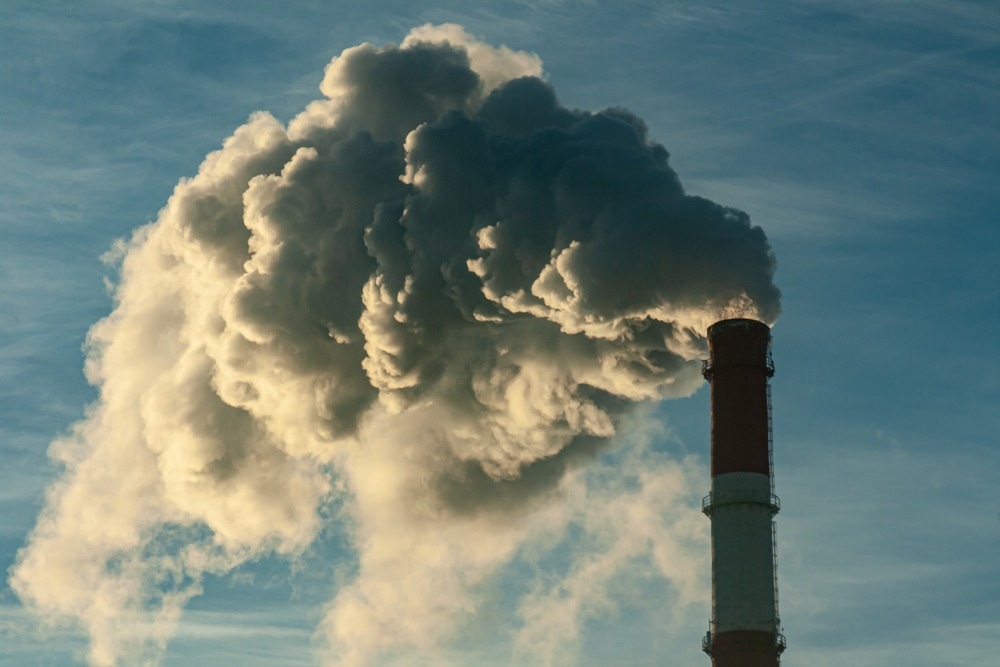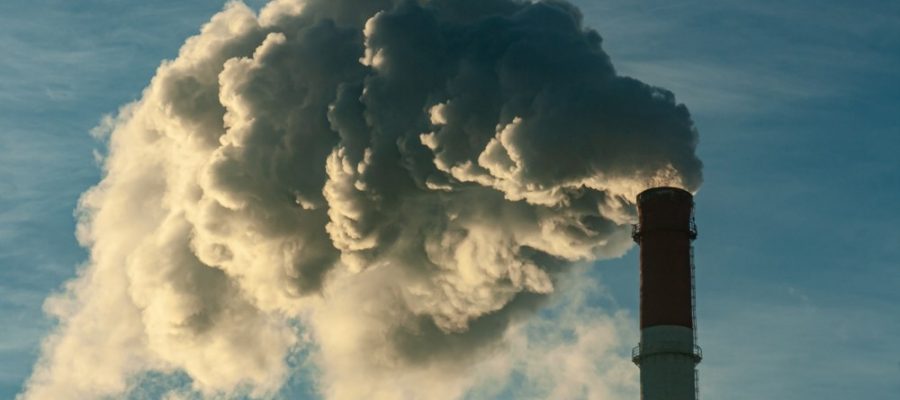
 *Important notice: medRxiv publishes preliminary scientific reports that are not peer-reviewed and, therefore, buy online kamagra supreme suppliers without prescription should not be regarded as conclusive, guide clinical practice/health-related behavior, or treated as established information.
*Important notice: medRxiv publishes preliminary scientific reports that are not peer-reviewed and, therefore, buy online kamagra supreme suppliers without prescription should not be regarded as conclusive, guide clinical practice/health-related behavior, or treated as established information.
In a recent study posted to the medRxiv* preprint server, researchers assess the impact of outdoor air pollution on coronavirus disease 2019 (COVID-19) mortality.

Study: Long-term outdoor air pollution and COVID-19 mortality in London: an individual-level analysis. Image Credit: Maxim Shmakov / Shutterstock.com
Risk factors for severe COVID-19
Age and the male gender, as well as the presence of respiratory diseases and other comorbidities, are significant risk factors contributing to severe disease and mortality. Exposure to air pollution is also of importance, as it is pro-inflammatory and impacts the human immune system, thus influencing the severity of respiratory diseases.
In most studies examining the relationship between air pollution and severe acute respiratory syndrome coronavirus 2 (SARS-CoV-2) infection outcomes, higher pollution levels have been associated with an increased risk of severe illness and COVID-19-related mortality. Nevertheless, few individual-level analyses have assessed the influence of long-term air pollution on COVID-19 mortality.
About the study
In the present study, researchers employed data obtained from the National Statistics (ONS) Public Health Data Asset of the Office (PHDA). The ONS PHDA is a linked dataset that combines mortality records, the 2011 Census, the General Practice Extraction Service (GPES) data pertaining to pandemic research and planning, national testing data obtained from National Health Service (NHS) Test and Trace and the Hospital Episode Statistics (HES) for the clinically susceptible, health care workers, and the general population.
The study cohort was limited to London residents at the onset of the pandemic who were alive as of September 1, 2020, counted in the 2011 Census, registered with a general medical practitioner, not residing in a care facility in 2019 and up to 100 years of age as of 2011.
Between September 1, 2020, to December 12, 2021, there were 1,398,976 verified COVID-19-positive cases reported in London, 756,363 of whom were linked to the ONS PHDA. Following the application of the study inclusion criteria, the final cohort consisted of 737,356 individual records, 9,315 of which were COVID-19-related mortalities.
The primary outcome of the study was mortality due to COVID-19, which was defined as a verified or probable COVID-19 death as reported on the death certificate. The average yearly concentrations of nitric oxide (NOx), nitrogen dioxide (NO2), particulate matter 2.5 (PM2.5), and PM10 for 2016 were retrieved from the London Data Store.
The study also included covariates or COVID-19 risk factors that were likely to confound the association between mortality risk and air pollution exposure such as sex, age, COVID-19 vaccination status, regional characteristics, socioeconomic level, and ethnicity. In a separate study, the team also accounted for non-respiratory health status before the pandemic, along with pre-existing respiratory disease, which may have a role in the causal pathway between mortality risk and air pollution.
Study findings
The sample cohort comprised 737,356 COVID-19-positive individuals between 10 and 110 years of age, 54.2% of whom were female. Median annual average levels of air pollution for the entire cohort in 2016 were 58.7 µg/m3 for NOx, 34.3 µg/m3 for NO2, 21.5 µg/m3 for PM10, and 13.0 µg/m3 for PM2.5.
No differences were observed when comparing cohort participants who succumbed to COVID-19 to those who survived with respect to air pollution. However, high correlations existed between the air pollutants. Furthermore, a comparison between unadjusted mean air pollution levels through analysis of variance (ANOVA) revealed significant disparities between geographies, levels of deprivation, and ethnicities.
When the pollutants were adjusted for sex, age, and vaccination status, the four assessed pollutants were associated with an increased risk of mortality due to COVID-19. More specifically, the hazard ratios (HRs) for NO2, NOx, PM10, and PM2.5 were 1.07 per 10 µg/m3, 1.05 per 20 µg/m3, 1.32 per 10 µg/m3, and 1.29 per 5 µg/m3, respectively. Adjusting the model to account for geographical considerations reduced the statistical significance and effect size of the results.
Following additional adjustments for racial and socioeconomic variables, the HRs associated with the four pollutants were similar. Further adjustments for the dominant SARS-CoV-2 variant during positive diagnosis, health status with respect to non-respiratory comorbidities before the pandemic, and the presence of respiratory comorbidities did not alter the results.
Significant relationships between air pollution, age, and ethnicity was observed for all pollutants except NOx. Household impoverishment was the only other considerable interaction for PM10 concentrations.
Conclusions
After correcting for confounding factors, including deprivation and ethnicity, the associations observed between long-term outdoor air pollution exposure and the risk of COVID-19 mortality did not persist. Nevertheless, reducing the concentrations of outdoor air pollutants remains important due to its effects on health and the environment.
Importantly, to mitigate COVID-19-related mortalities, the focus should be on improving the lives of individuals of lower socioeconomic status residing in deprived areas.

 *Important notice: medRxiv publishes preliminary scientific reports that are not peer-reviewed and, therefore, should not be regarded as conclusive, guide clinical practice/health-related behavior, or treated as established information.
*Important notice: medRxiv publishes preliminary scientific reports that are not peer-reviewed and, therefore, should not be regarded as conclusive, guide clinical practice/health-related behavior, or treated as established information.
- Preliminary scientific report. Charlton, L., Gale, C., Morgan, J., et al. (2023). Long-term outdoor air pollution and COVID-19 mortality in London: an individual-level analysis. medRxiv. doi:10.1101/2023.02.16.23286017. https://www.medrxiv.org/content/10.1101/2023.02.16.23286017v1.
Posted in: Men's Health News | Medical Science News | Medical Research News | Medical Condition News | Women's Health News | Disease/Infection News
Tags: Air Pollution, Coronavirus, Coronavirus Disease COVID-19, Health Care, Hospital, Immune System, Mortality, Nitric Oxide, Pandemic, Pollution, Public Health, Research, Respiratory, Respiratory Disease, SARS, SARS-CoV-2, Severe Acute Respiratory, Severe Acute Respiratory Syndrome, Syndrome

Written by
Bhavana Kunkalikar
Bhavana Kunkalikar is a medical writer based in Goa, India. Her academic background is in Pharmaceutical sciences and she holds a Bachelor's degree in Pharmacy. Her educational background allowed her to foster an interest in anatomical and physiological sciences. Her college project work based on ‘The manifestations and causes of sickle cell anemia’ formed the stepping stone to a life-long fascination with human pathophysiology.
Source: Read Full Article
